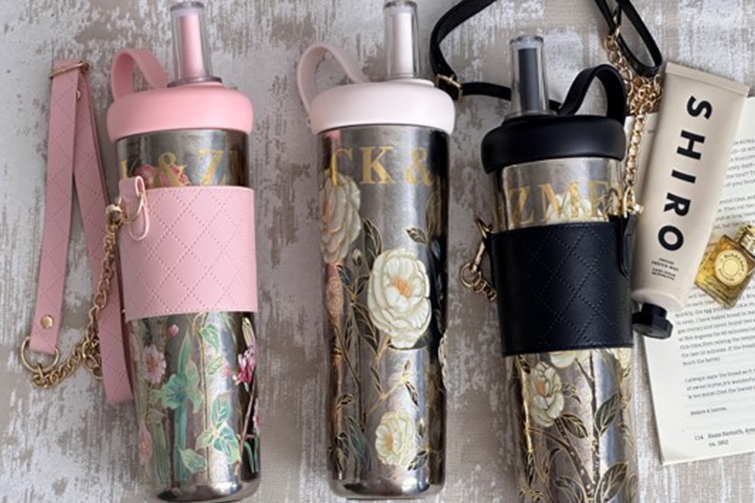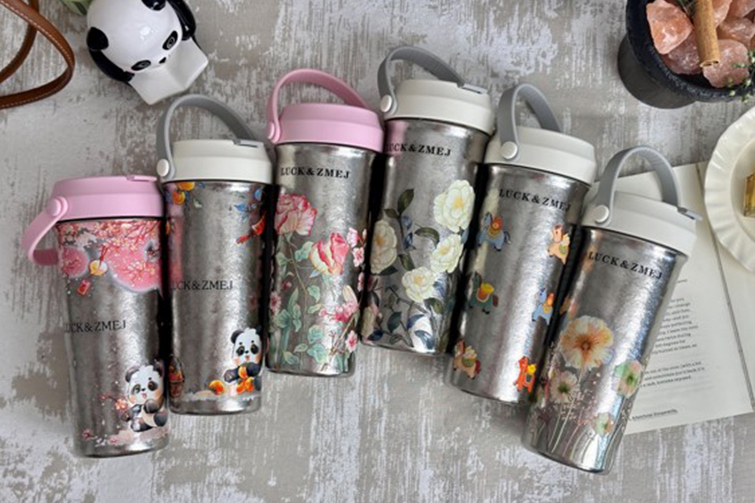

The Ultimate Showdown: Stainless Steel vs. Pure Titanium Cups
In our quest for the perfect reusable cup, two premium materials often rise to the top: stainless steel and pure titanium. Both are celebrated for their durability and performance, promising to replace disposable bottles and mugs. But which one is truly the right choice for you? The answer isn't a simple one, as it hinges on your priorities: weight, cost, taste sensitivity, or outdoor needs.
Let's break down this head-to-head competition across key categories.
Round 1: Weight & Portability
- Stainless Steel: Typically heavier. While high-quality stainless steel can be relatively lightweight, it will almost always be heavier than a titanium counterpart of the same size. This is a minor consideration for daily commutes but a major one for backpackers.
- Pure Titanium: The undisputed champion of lightness. Titanium has an exceptional strength-to-weight ratio, making a titanium cup feel almost impossibly light in your hand. For ultralight hiking, cycling, or any activity where every ounce counts, titanium is the winner.
Winner: Pure Titanium
Round 2: Durability & Corrosion Resistance
- Stainless Steel: Extremely durable and resistant to rust and corrosion, especially high-grade 18/8 or 304 stainless steel. It can withstand significant dings and drops without failing. However, it can be susceptible to pitting from highly chlorinated or salty water if not cared for.
- Pure Titanium: Even more corrosion-resistant than stainless steel. It is virtually impervious to rust and can handle saltwater and acidic liquids with ease. Its innate strength makes it highly dent-resistant, though its lighter weight can sometimes make it feel less "substantial" in hand, even though it's incredibly tough.
Winner: A Tie (with a slight edge to Titanium for extreme corrosion resistance)
Round 3: Taste & Purity
- Stainless Steel: High-quality stainless steel is excellent and should not impart a metallic taste. However, some people with sensitive palates might detect a slight "tinny" taste, especially with simpler beverages like water. Lower-quality steel alloys are more prone to this.
- Pure Titanium: Completely inert and non-toxic. It is the gold standard for taste purity. You will never experience a metallic aftertaste, making it perfect for enjoying the subtle notes of fine tea, coffee, or plain water. Its biocompatibility (it's used in medical implants) guarantees no leaching of metals.
Winner: Pure Titanium
Round 4: Heat Conductivity & Insulation
- Stainless Steel: Often used in double-walled vacuum-insulated designs. In this form, it excels at keeping drinks hot or cold for hours. The vacuum layer prevents the outer wall from getting too hot to hold. Single-walled steel cups, however, get very hot very quickly.
- Pure Titanium: An excellent heat conductor. This makes single-walled titanium cups heat up rapidly and evenly over a camp stove—a huge advantage for outdoor cooking. However, this also means a single-walled cup will be too hot to hold without a handle or insulator. Double-walled titanium options exist but are significantly more expensive than their steel counterparts.
Winner:
- For Insulation (Keeping drinks hot/cold): Stainless Steel
- For Heating Efficiency (Boiling water outdoors): Pure Titanium
Round 5: Cost
- Stainless Steel: The more affordable option. The manufacturing process is well-established, making high-quality, vacuum-insulated stainless steel cups accessible at a reasonable price.
- Pure Titanium: Significantly more expensive. The raw material cost is higher, and the machining process is more challenging. You are paying a premium for the ultimate performance in weight and purity.



